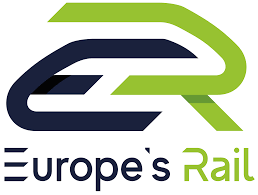What are the challenges?
Rising traffic demand, congestion, security of energy supply and climate change are some of the major issues that the European Union and the wider world are facing. Tackling these challenges will require the railway sector to take on a larger share of the transport demand in the next few decades.
EU research and innovation must help rail play a new, broader role in global transport markets, both by addressing pressing short-term problems that drain rail business operations and resources, and by helping the sector achieve a stronger market position, in particular by supporting the creation of a Single European Railway Area.
The European Rail Traffic Management Systems (ERTMS), in particular, is a prime example of how the European rail sector can drive innovation and support the creation of a unified railway area and improve efficiency, while opening up significant business opportunities for the European rail industry, both in and outside the EU.
However, past rail research and innovation (R&I) efforts at EU level have suffered from fragmentation and inefficiencies, and have not always been sufficiently targeted towards the broader policy goals of completing the Single European Railway Area, and of increasing the competitiveness and attractiveness of the European rail sector and the rail manufacturing industry. Furthermore, the market uptake and impact of EU rail R&I projects under previous framework programmes has often been low and slow, although there are examples of EU-funded R&I investments resulting in outputs that have been and are still being taken up by the market.
The Union contributed roughly EUR 150 million to rail research projects. Further information on the rail research projects funded under FP7.
Europe’s Rail Joint Undertaking is the new European partnership on rail research and innovation established under the Horizon Europe programme (2020-2027) and the universal successor of the Shift2Rail Joint Undertaking. It will provide technological and operational solutions to lead the transformation of the rail sector, working towards the twin green and digital transition of Europe.

